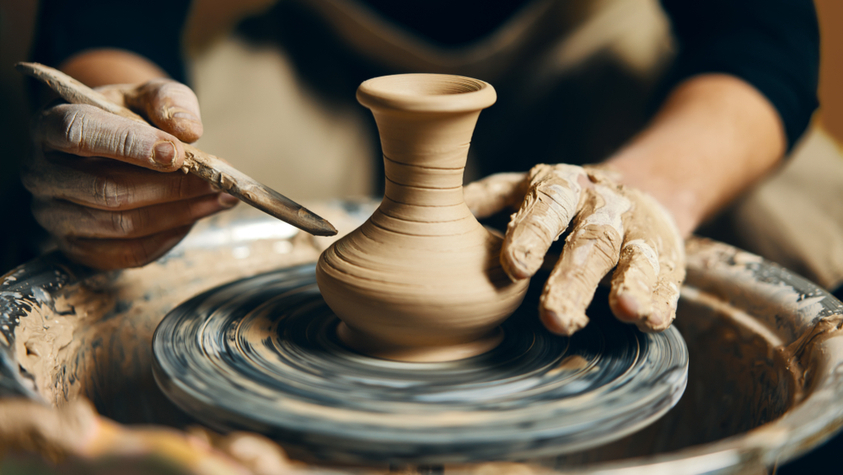Pottery and related disciplines are in the field of ancient Iranian arts, which has always been present in the text of life and in the architecture of the country with numerous and diverse works and has had a suitable position.
From the study of Iranian art before the written history and also during the Iranian period, I can get the point that pottery, tiles and later ceramics are one of the most prominent and prosperous Iranian arts and many works have been obtained in archeological excavations that date back to millennia. Has happened. From BC and the pre-Islamic historical periods, especially the Medes, Parthians and Sassanids - each shows the taste and skill of potters and tells the extent of this "art-industry" in different parts of Iran.
Existence of various types of soil suitable for the production of pottery, ceramics and tiles, human fusion with nature and the great interest of Iranians in the use of pottery in everyday life and in the form of tiles in Iranian architecture, which is created in the early Islamic period and after From it and finally to the present day, you have a continuous and visible, visible actors, impressive production and, of course, a suitable offer.
Pottery, like most of the Iranian arts, has had many ups and downs and has been in a state of stagnation in periods at its peak and in the ages, but according to history and by examining and observing numerous works that are statues of various types of utensils. , Volumetric works, tiles and other pottery works left and now kept in museums and art centers of Iran, now in museums and other centers of Iran and other works of the world, can have the continuity of this art. Its constant presence in the cultural life and daily life of Iranians has testified.


